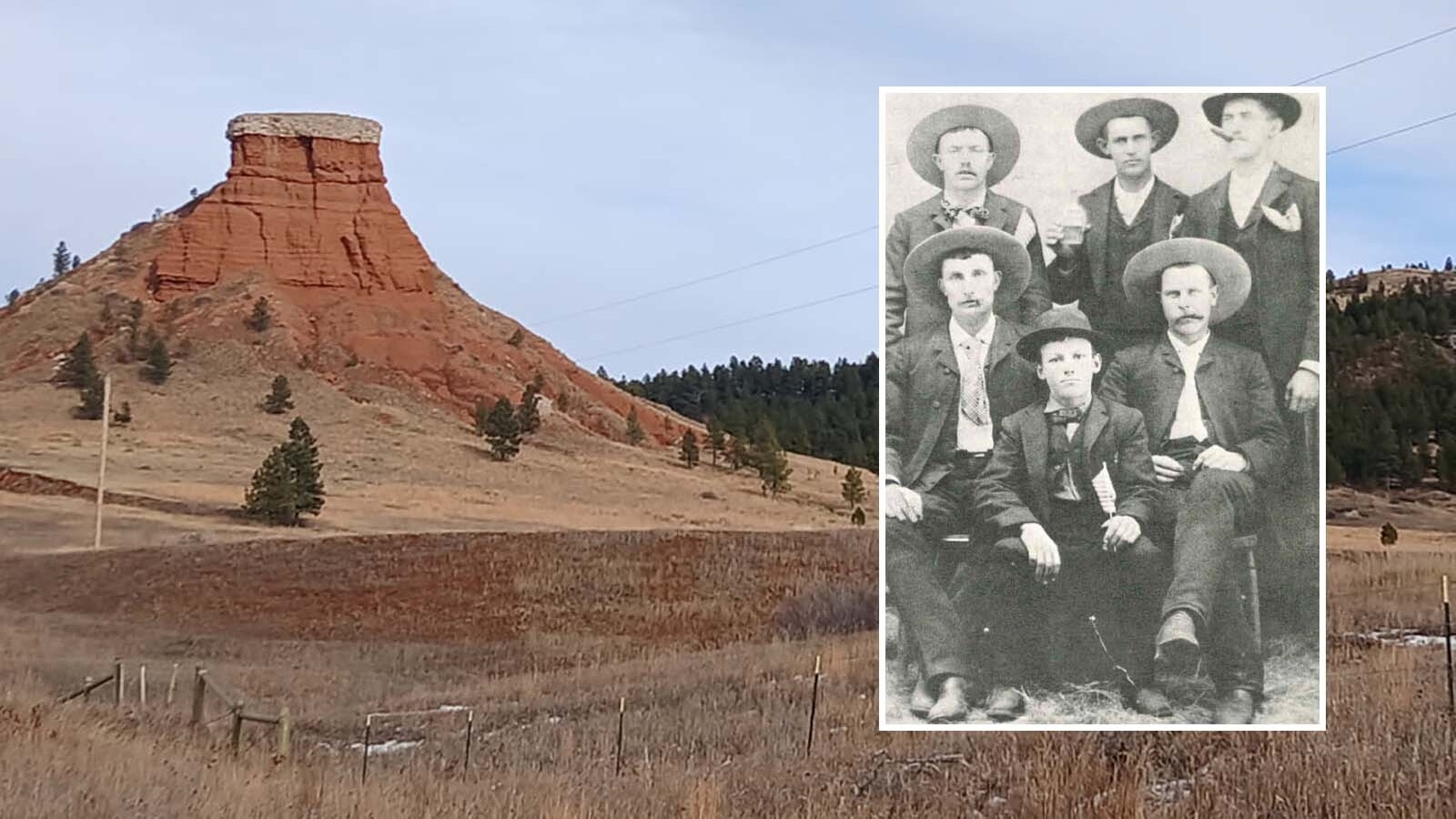Who’s watching Cheyenne’s weather at night? Nobody in Cheyenne, at least, not for the discernible future.
Because of recent staff shortages and Department of Governmental Efficiency (DOGE) cutbacks, the National Weather Service Office in Cheyenne will no longer be staffed 24/7. No meteorologists will be at the office overnight, so there won’t be any local eyes on the skies.
That’s raised concerns about the risk of severe weather in southeast Wyoming overnight. Who’s going to raise the alarm if an overnight tornado touches down?
While it’s far from ideal, southeast Wyoming residents shouldn’t be too concerned. Just because nobody’s working the night shift in Cheyenne doesn’t mean nobody’s on watch. The radar and weather monitoring equipment will still be running.
“It's not like they're turning the radar off at night,” said Cowboy State Daily meteorologist Don Day. “Is it optimal? Absolutely not. You'd rather have cheeks in the seat locally, but we’re not going to lose coverage.”
Wherever The Weather
Wyoming’s weather is monitored by five NWS offices in several states. In addition to the offices in Cheyenne and Riverton, data collected at the offices in Salt Lake City, Utah, Billings, Montana, and Rapid City, South Dakota, also contribute to local forecasts.
NWS Cheyenne might have lost its overnight staff, but Riverton hasn’t. Day said the meteorologists working the night shift in Riverton are more than capable of monitoring severe weather in southeast Wyoming.
“The NWS Riverton office will have access to the Cheyenne radar,” he said. “If NWS Riverton or even NWS Denver sees severe weather on the radar, they’ll be able to send emergency alerts to Cheyenne residents.”
Day added that the Emergency Alert System for severe thunderstorms, flash floods and tornadoes doesn’t have to be activated from the nearest NWS office. They can be activated from any NWS office whenever necessary.

What Overnight Weather?
Significant weather systems can dangerously shift or change overnight anywhere in the world. Day said Wyoming isn’t immune to these overnight changes, but they tend to be rare.
“Bad weather can happen any time of the day or night, but we’re not as susceptible to overnight severe weather,” he said. “We don’t really get big nighttime tornadoes like the middle of the United States.”
The most significant severe weather threat that could manifest overnight would be a flash flood. That’s an especially potent threat around this time of year when Wyoming’s snowpack is melting and spring storms continue bringing more precipitation.
If there’s a risk of an overnight flash flood in Cheyenne, the NWS office in Riverton will be able to monitor the situation and issue emergency alerts as needed. Day doesn’t think anyone should lose sleep over a lack of overnight coverage (at least until they get an NWS alert of severe weather).
“We’re not losing any coverage,” he said. “If there's a lot of severe weather around Cheyenne, NWS Riverton will put the alert out. The infrastructure’s already in place.”
Stretched Thin
While there shouldn’t be any concern about losing weather coverage overnight, Day isn’t thrilled with the situation. NWS Riverton can cover Cheyenne, but that doesn’t mean it’ll be easy.
“You’re giving extra work and responsibility to half the number of people, and that’s going to be personnel in offices that aren’t as local,” he said. “All the technology is there for NWS Riverton to do it, but it’ll be a lot of extra work.”
Day’s primary concern is the timeliness of future severe weather alerts.
If severe weather situations develop in Riverton and Cheyenne, that could delay the response and issuing of alerts.
“The warning responsibilities are still going to be in place, but resources will be stretched thin at times,” he said. “If there’s a lot of severe weather in central and southeast Wyoming, it’s going to tax them.”
This is the latest in a series of decisions that have impacted Wyoming’s weather forecasts.
In March, the National Oceanic and Atmospheric Administration (NOAA) announced that it was changing the schedule of its twice-daily balloon launches from several NWS offices. Launches from the NWS Riverton office were reduced to once a day, while launches from NWS Rapid City were suspended altogether and indefinitely.
Weather balloon launches provide critical “vertical profiles’ of the atmosphere that are used to determine daily and extended forecasts. Day said that balloon data is critical to meteorologists worldwide.
Day sees the loss of overnight coverage as a short-sighted way to “save money.” That may look good on the balance sheet, but the long-term, real-world implications are concerning.
“I think this is a situation where they’re trying to save money by making these cuts,” he said. “To me, this is a really shortsighted way to save money that’s potentially doing harmful things.”
Andrew Rossi can be reached at arossi@cowboystatedaily.com.





